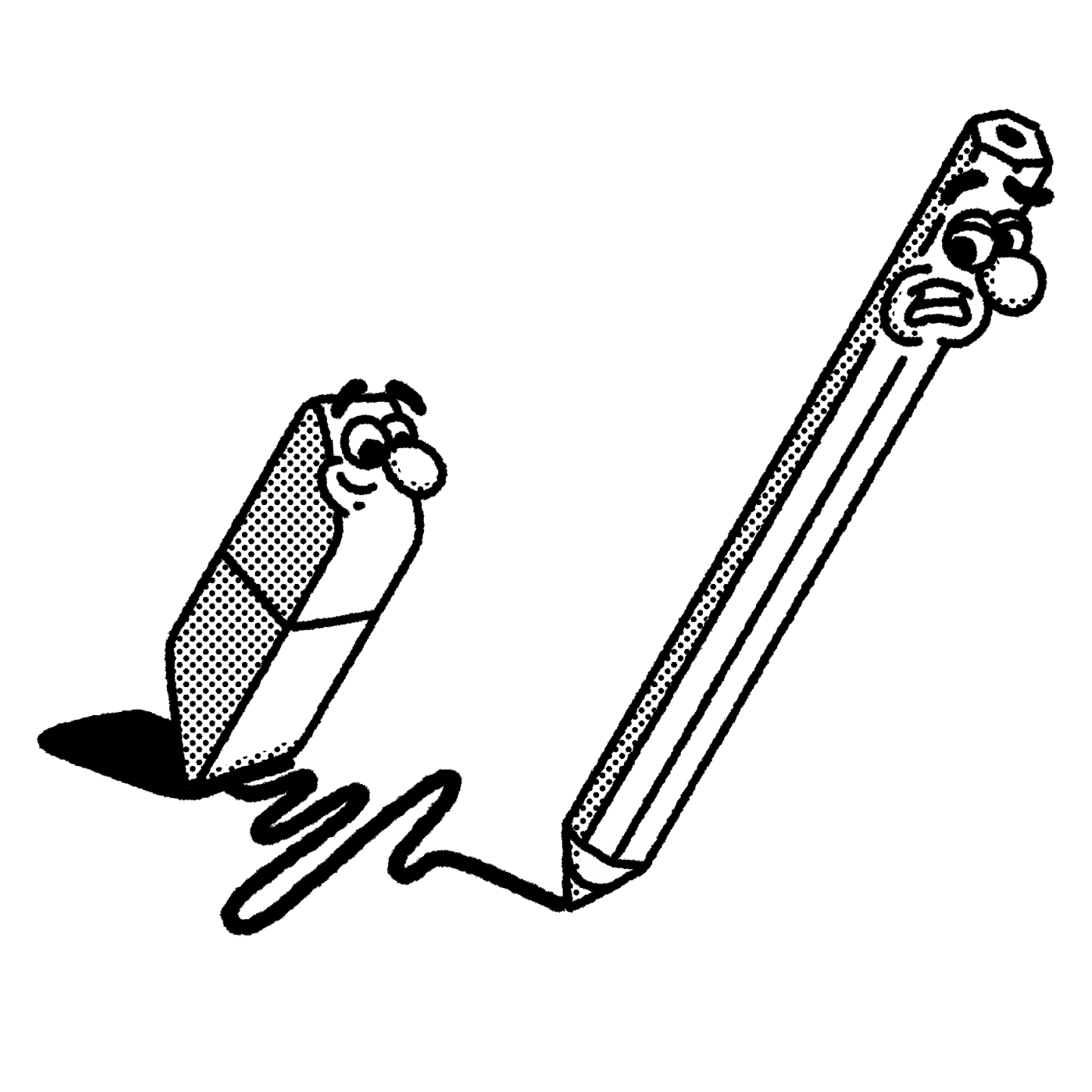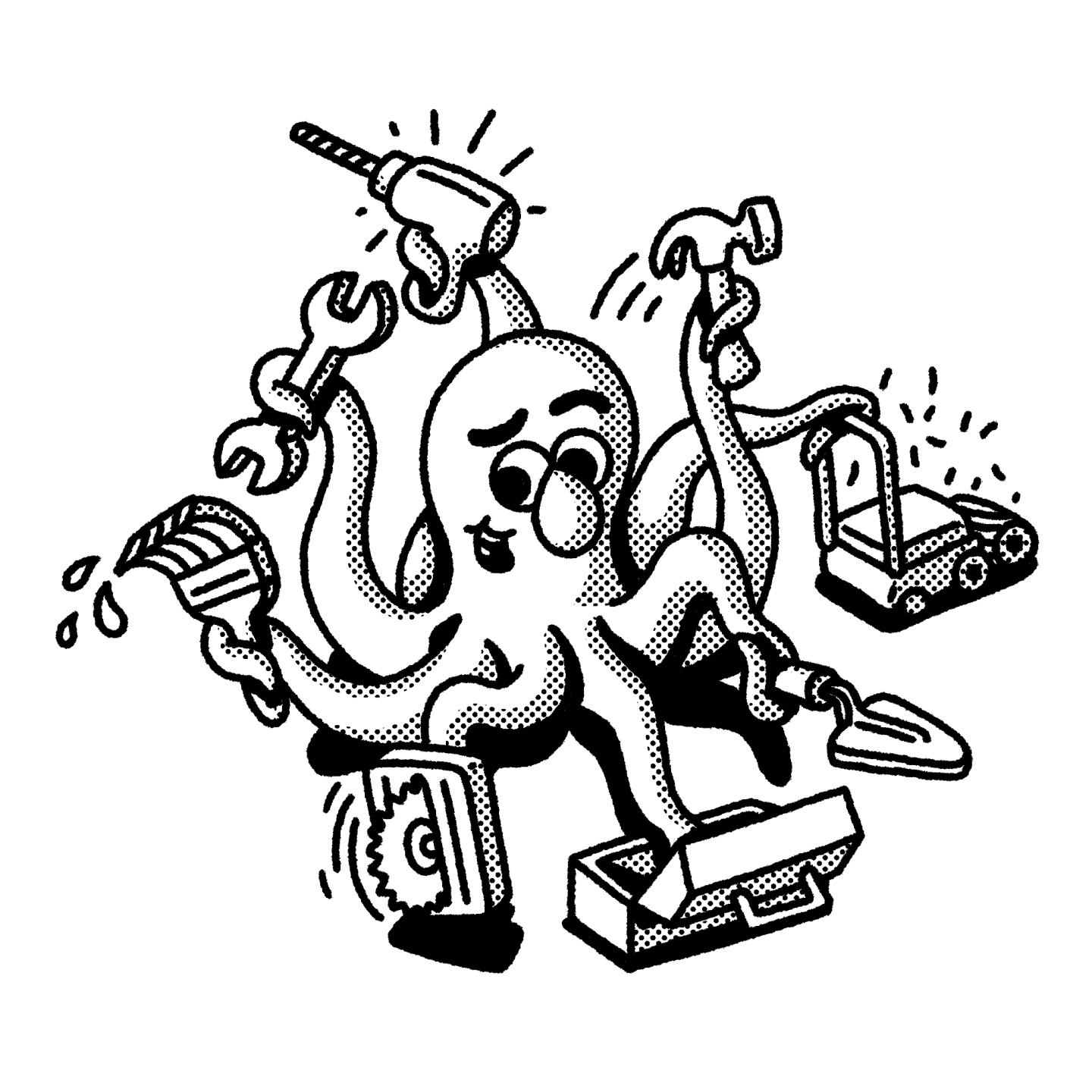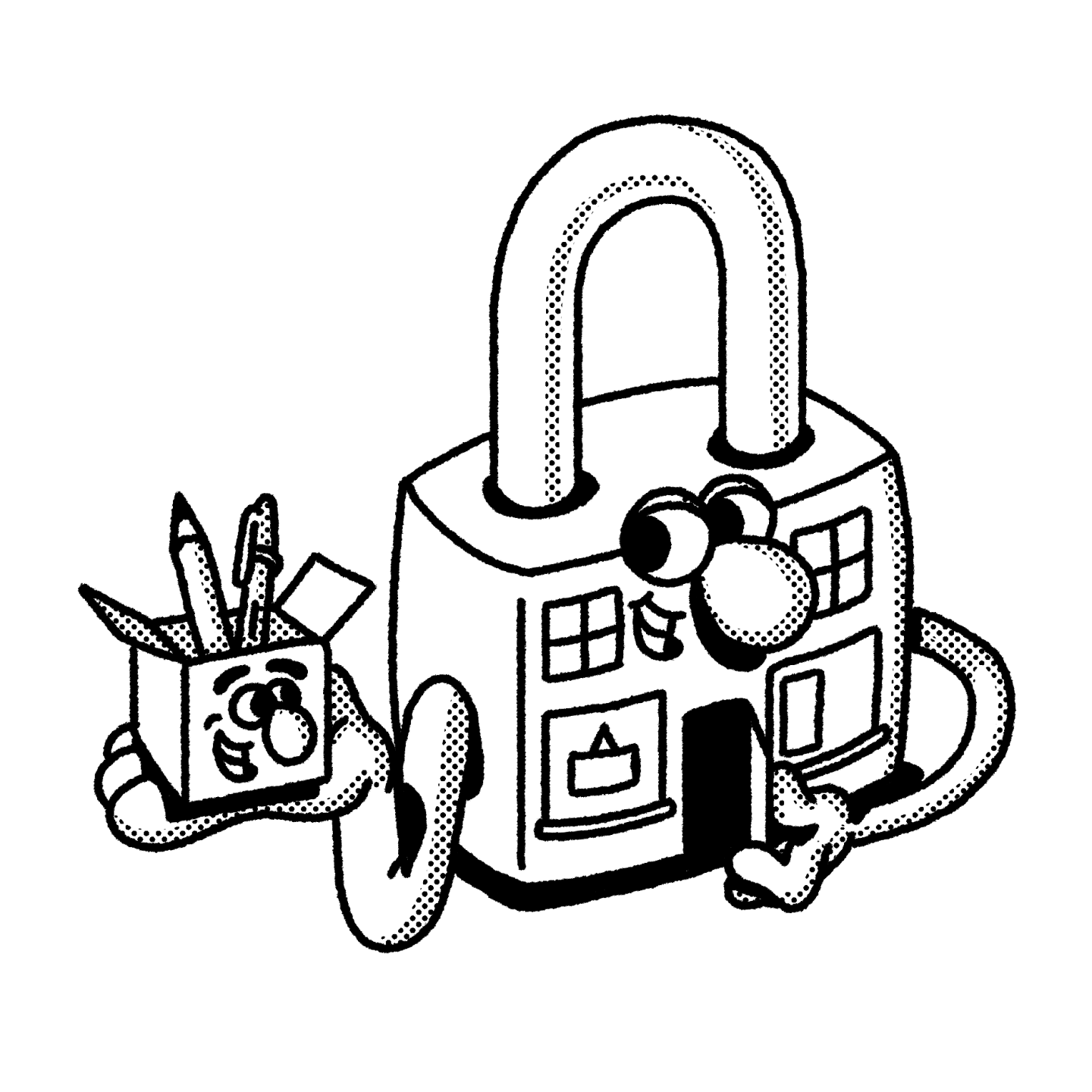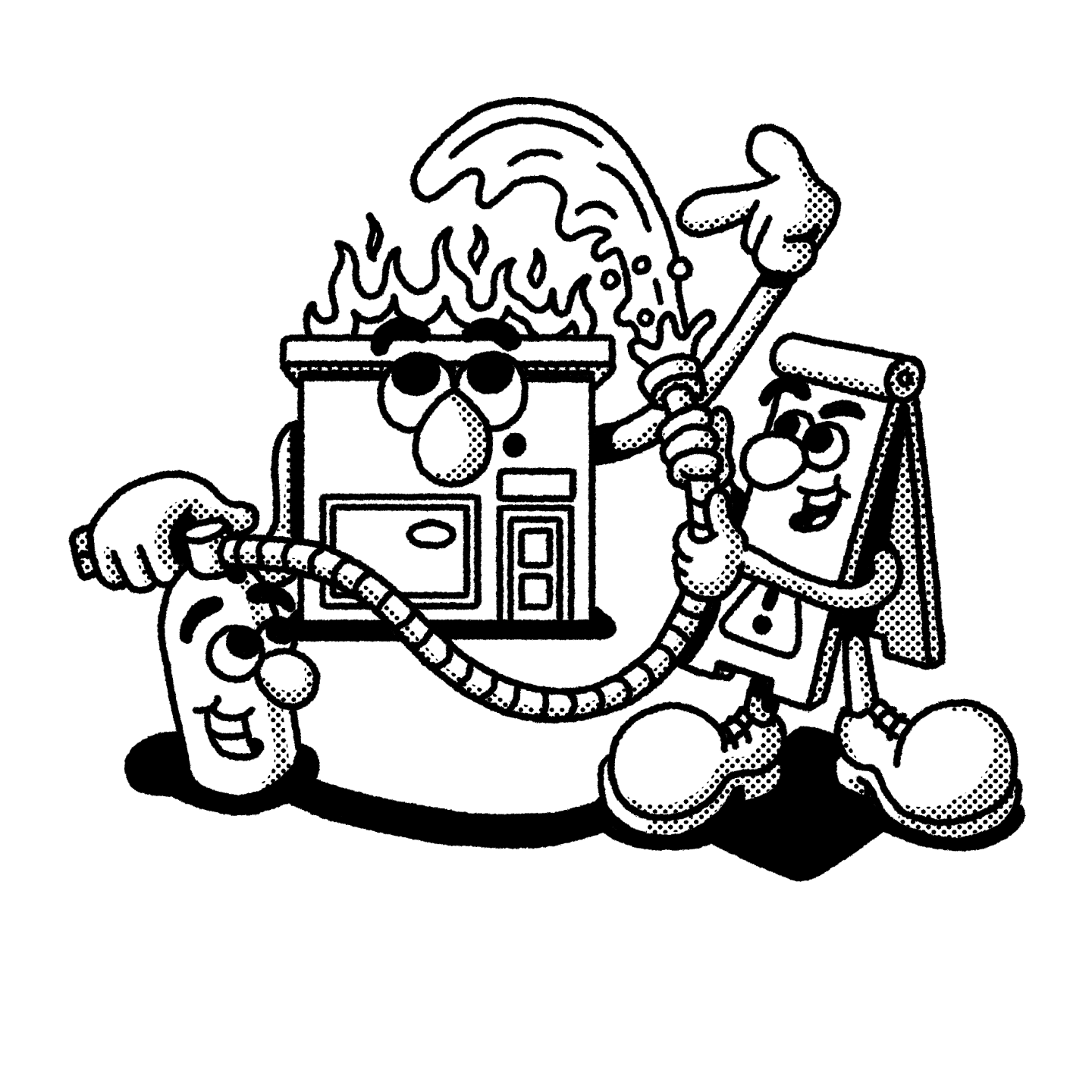What are named perils?
Named perils coverage is defined as a type of commercial property insurance that only protects you against hazards or events specifically named in your policy — the “named perils.”
Named perils coverage is defined as a type of commercial property insurance that only protects you against hazards or events specifically named in your policy — the “named perils.”
If you don’t live in an area where earthquakes are common, for example, you may opt to purchase a named perils policy that covers fire, vandalism, theft and hail but leaves earthquakes off the policy.
Limiting your coverage to only named perils allows your business the protection it needs without paying for insurance coverage you might never use, but it has drawbacks.
Broader commercial property coverage policies are known as “all risk” policies. Now, don’t let the name fool you; an all risk policy doesn’t protect you from all risks. It protects you from all risks except the ones explicitly mentioned in your policy — basically it won’t cover you for specific perils. (Typically, earthquakes, war, nuclear hazards etc.)
For example, depending on the location of your business, all risk policies often omit coverage from floods. So if you have an all risk policy that explicitly omits flood coverage, should your business or equipment be damaged in a flood, you’re on your own.
However, just because a particular type of insurance has been omitted from your all risk policy doesn’t mean you can’t get covered for these incidents. All you need to do is talk to your insurance provider and add a rider to your policy that fills in the gaps.
A rider is essentially additional coverage for a policy that you and your insurer agree upon. When adding a rider, you can expect your premiums to go up slightly, but not as much as if you had to buy an entirely separate policy.
To sum it up, two types of coverage are named perils and all risk:
Besides the breadth of covered perils, one of the most significant differences between named perils and all risk policies is where the burden of proof lies.
In making a named peril claim, you need to prove the hazard damaged the property or equipment within the scope of your coverage. The insurance company wouldn’t have to pay anything if the damage occurred outside your coverage.
With all risk policies, the burden of proof is on the insurer. This means if the insurer suspects your claim falls outside the scope of coverage, it’s up to them to prove it. If they can’t, they have to pay up.
For named perils coverage, the burden of proof is on you. When you file a claim, it’s up to you to prove that the damage occurred during an incident you have coverage for. If you can’t, you’ll have to pay for it yourself.
For some business owners, providing the burden of proof and potentially leaving out coverage are significant drawbacks to a named perils insurance policy. For others, the ability to build a policy with precisely what they need and nothing they don’t, in addition to saving money, is worth the hassle.
It’s your business; what’s best is up to you.
You know what’s best for your business. That’s why NEXT offers 24/7 access to manage your small business insurance and update your coverage. That way, you’ll have the confidence to take risks and take your business to the next level.
You can start a quote, customize your options and access your certificate of insurance online immediately — in about 10 minutes.






